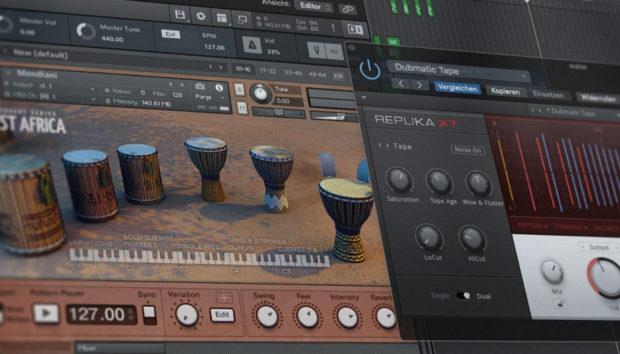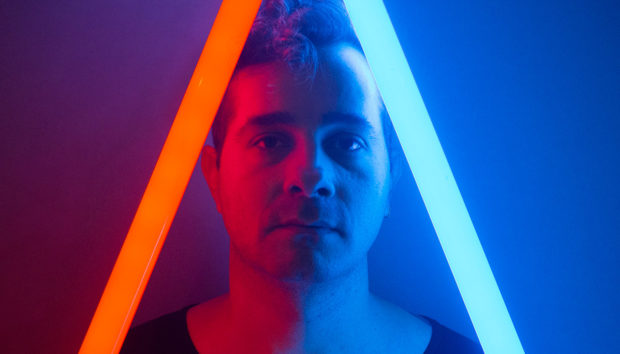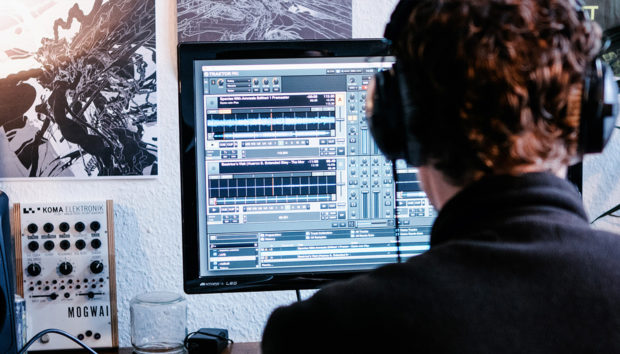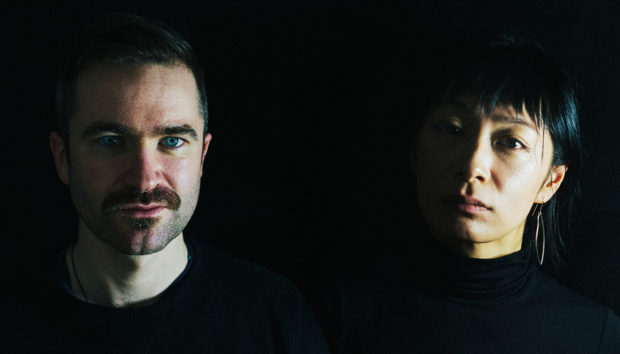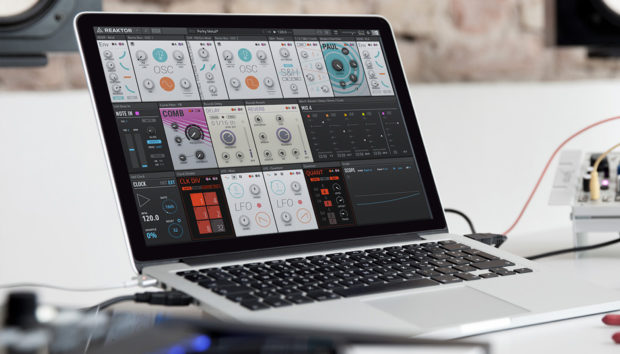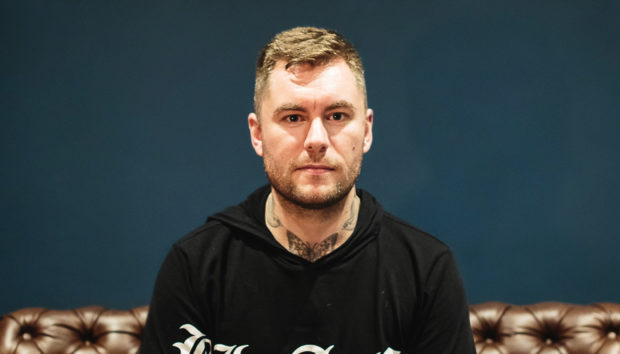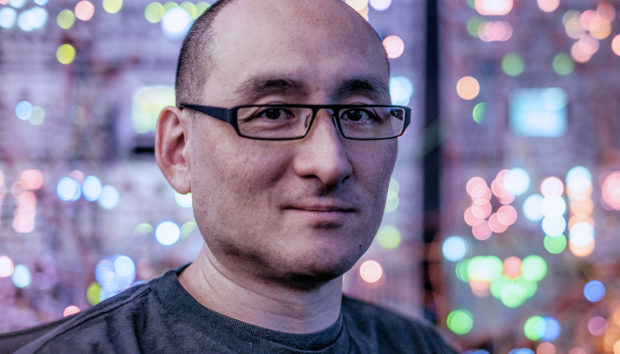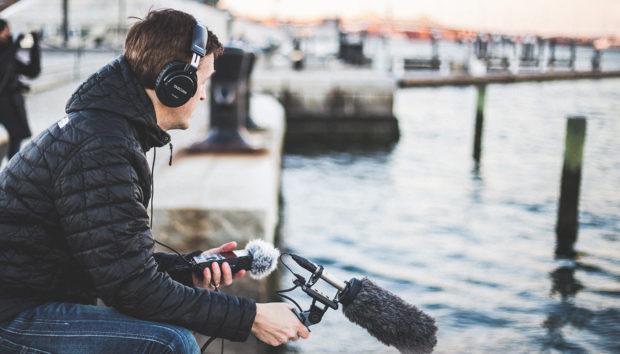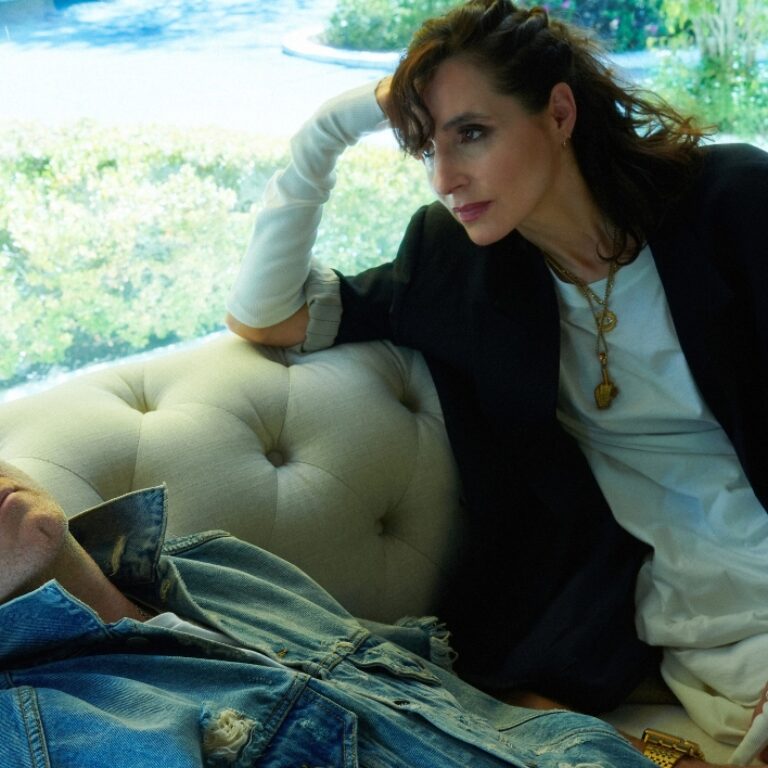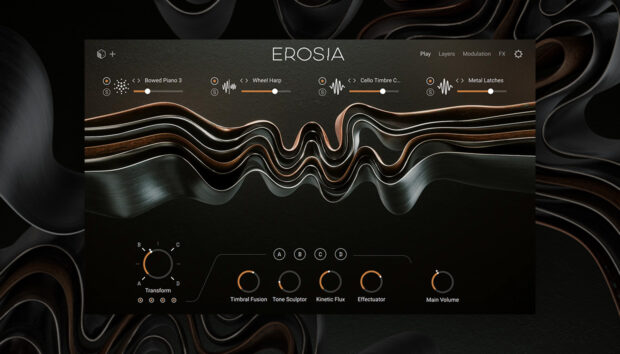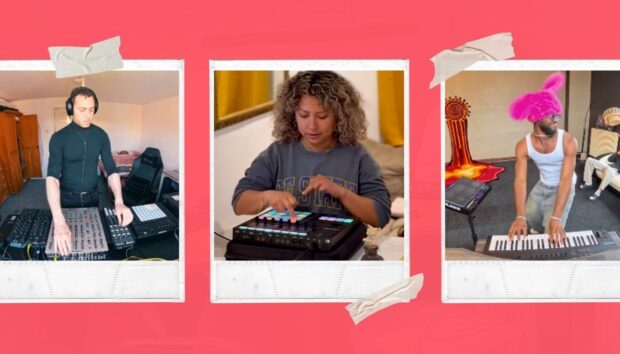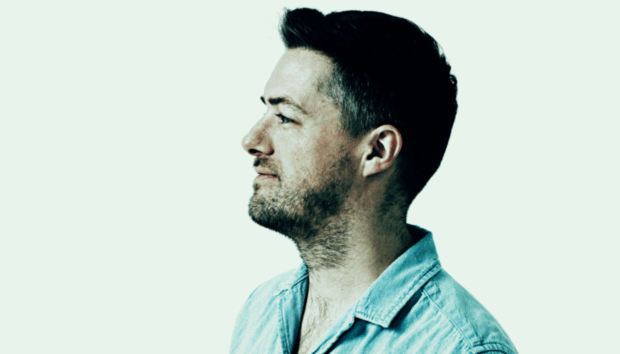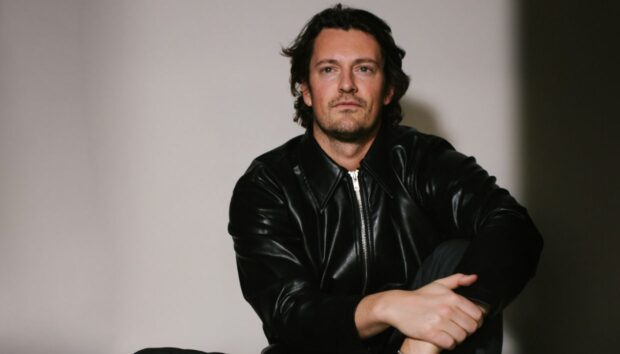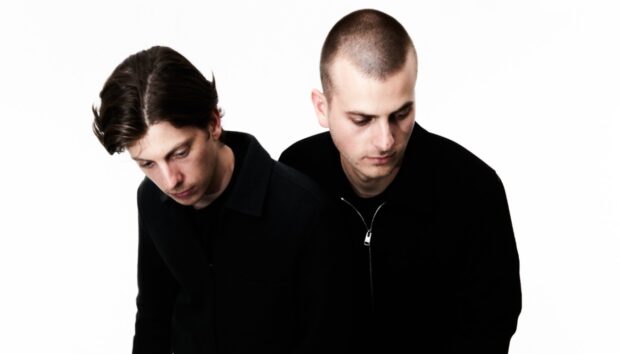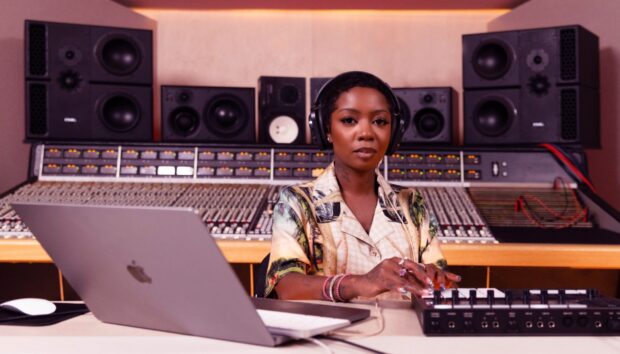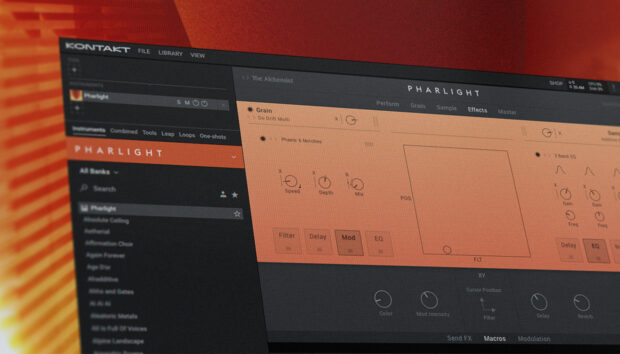Fresh off their “Hunger” single and upcoming remix album Nox Anima RMX (out August 28th on bORDEL Records), French electronic duo Scratch Massive continue to build their world through a mix of dreamy, synth-heavy club records and richly textured film scores. Over two decades, they’ve shaped their voice with the same guiding principle: fewer tools, used deeply.
In their studio, Kontakt still plays a foundational role; not because it’s the newest thing, but because it lets them move quickly toward emotion without second-guessing their workflow. Whether they’re working on a score or a club track, they return to the same trusted instruments, favoring fluency and feel over novelty. Paired with Reaktor, Slate + Ash, and other expressive tools, they’ve built a workflow that’s tactile, cinematic, and instinct-driven.
In this interview, Maud and Sébastien share how using fewer Kontakt libraries keeps them focused, why they still prefer the classic interface, and how habits like walking, reading, and film feed directly into their creative process.
Jump to these sections:
- Why using fewer Kontakt libraries has led to more depth
- The connection between orchestral instruments and electronic tools
- How starting with limitations shaped their sound
- Non-music habits that improve their output
- Their advice for producers overwhelmed by too many plugins
Here’s how Scratch Massive keeps things honest with Kontakt.
Try some of Scratch Massive’s tips with the Kontakt Player inside the free Komplete Start bundle.
What drew you to the idea of using fewer Kontakt libraries instead of constantly chasing new ones?
It’s true that we don’t chase new ones directly. It’s very comfortable to have your proper instruments. It took time to discover what we could do entirely, and then it’s hard to go into some new ones directly.
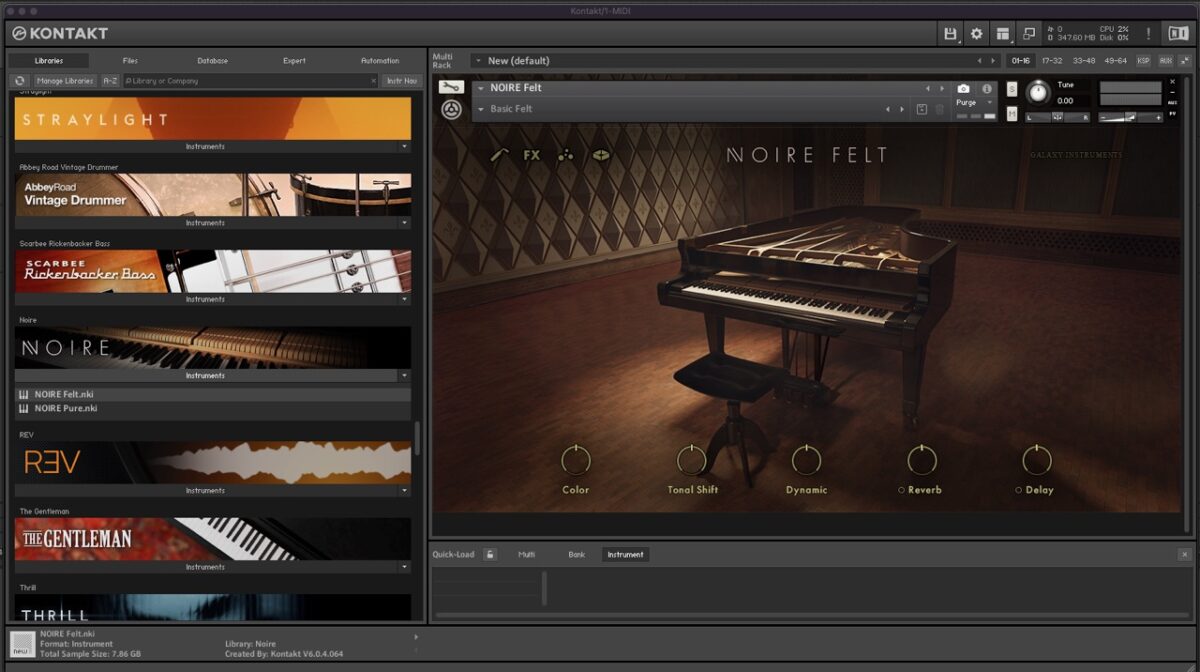
For us, it’s not about getting early access to every new instrument. It’s about quickly getting what we need to achieve our work goals without getting sidetracked by every new plugin or instrument we discover.
Although we are always looking for new plugins that better capture the authenticity of the real instruments they emulate. The more realistic a new string or orchestral instrument sounds, the more we’ll pay attention to it. Otherwise, we tend to stick with the instruments we have for a long time.
What’s an example of a patch or library that’s been surprisingly flexible across different tracks or moods?
We use many different instruments, but we’ve been using a lot of Reaktor plugins since day one, like the Equinoxe synth. It’s been featured on many Scratch Massive albums and movie soundtracks. We also use a lot of Kontakt, especially the Noire piano, and all the orchestral instruments that we use for both our studio albums and scores.
Another favorite is the excellent work from Slate + Ash. They manage to create beautiful sounds and movement instantly. The interface is straightforward and allows you to quickly find the mood you’re looking for.
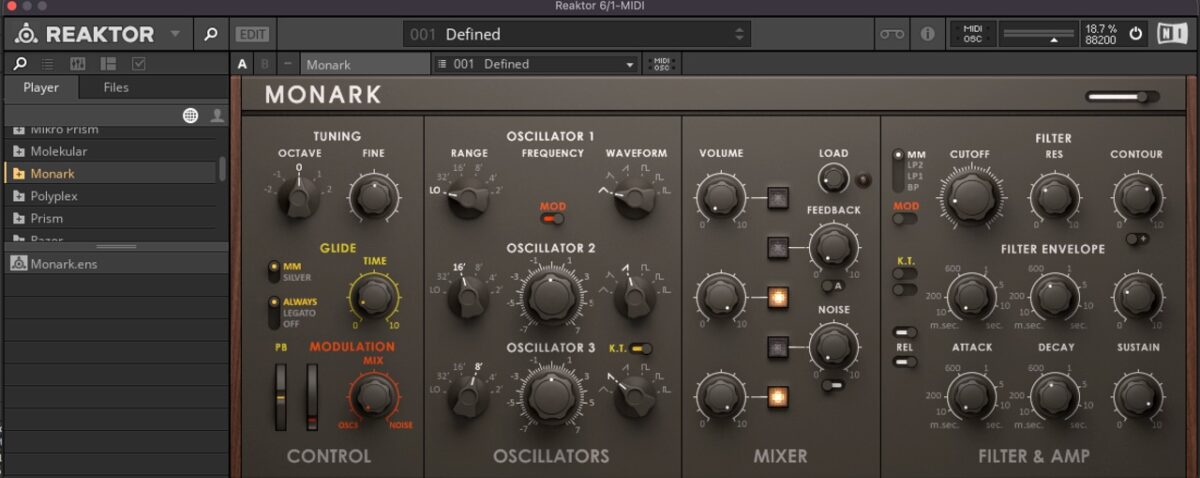
I appreciate these plugins because they blend a classical, orchestral mentality with an electronic mindset. This flexibility allows us to create electronic music for our albums as well as for movie scores.
How do you make sure Kontakt instruments still feel tactile and expressive rather than overly clean or polished?
That’s funny because we mostly use the basic Kontakt interface rather than the latest version. It feels simpler to us, and we’re used to seeing the design on the left and the instrument on the right. We feel a bit lost in the newer ones.
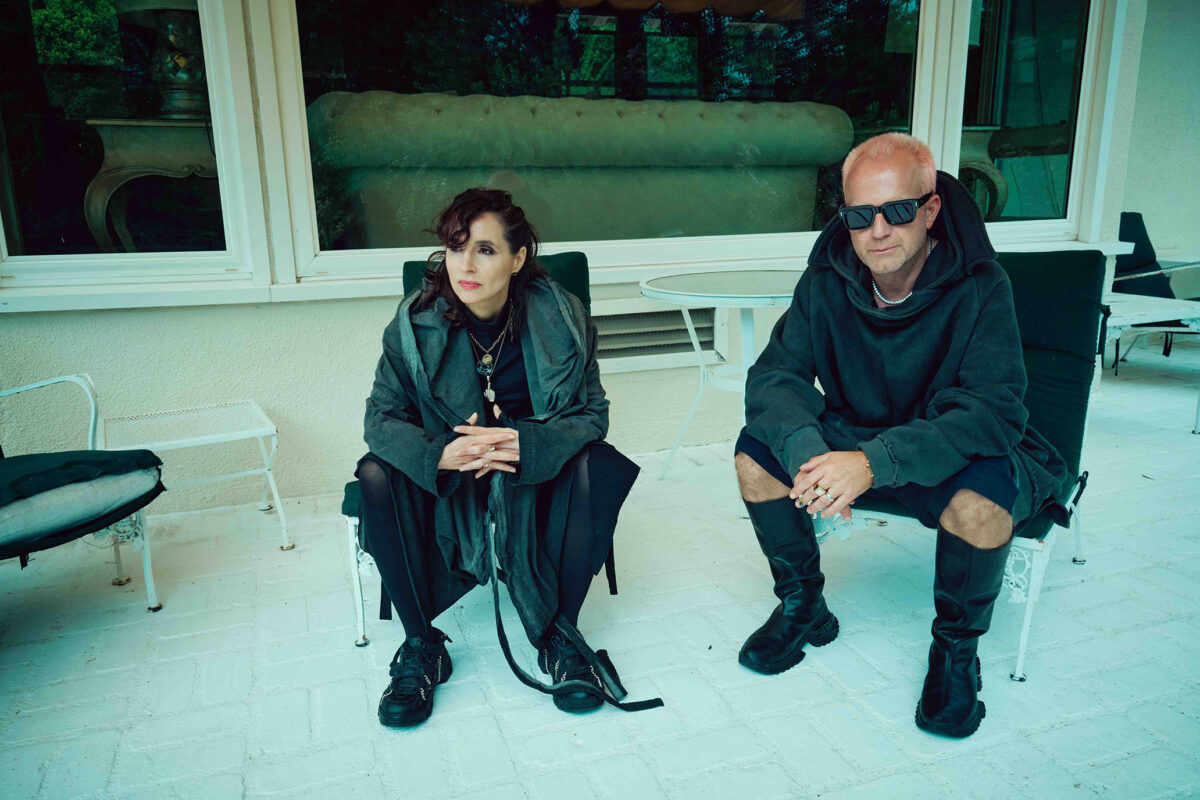
I guess it all comes down to comfort when you’re creating. You want to be sure you know the road to get to what you have in mind.
Looking back, do you think having access to fewer tools when you started helped shape your sound early on?
Always, the more you have, the more you risk losing track of what you own. However, the less you have and the better you know your tools, the more pleasure you get from making music, and you’ll always push the limits of that instrument. It’s always more about the composer than the instrument.

Sampling is part of this philosophy. To recreate something that already existed, you just need an MPC and a collection of vinyls to make amazing records. We started this way, with a sampler and a synth. Then we expanded our collection, but with the arrival of plugins, we sold everything.
For a long time now, we’ve had a few synths and a lot of analog gear back in the studio, but only the ones we know how to use. That’s it.
What’s one non-music habit that’s improved your studio output?
We often take breaks and go for walks during the creative process. We’re lucky to have our studio in the countryside, which really helps create some distance from what we’re working on.
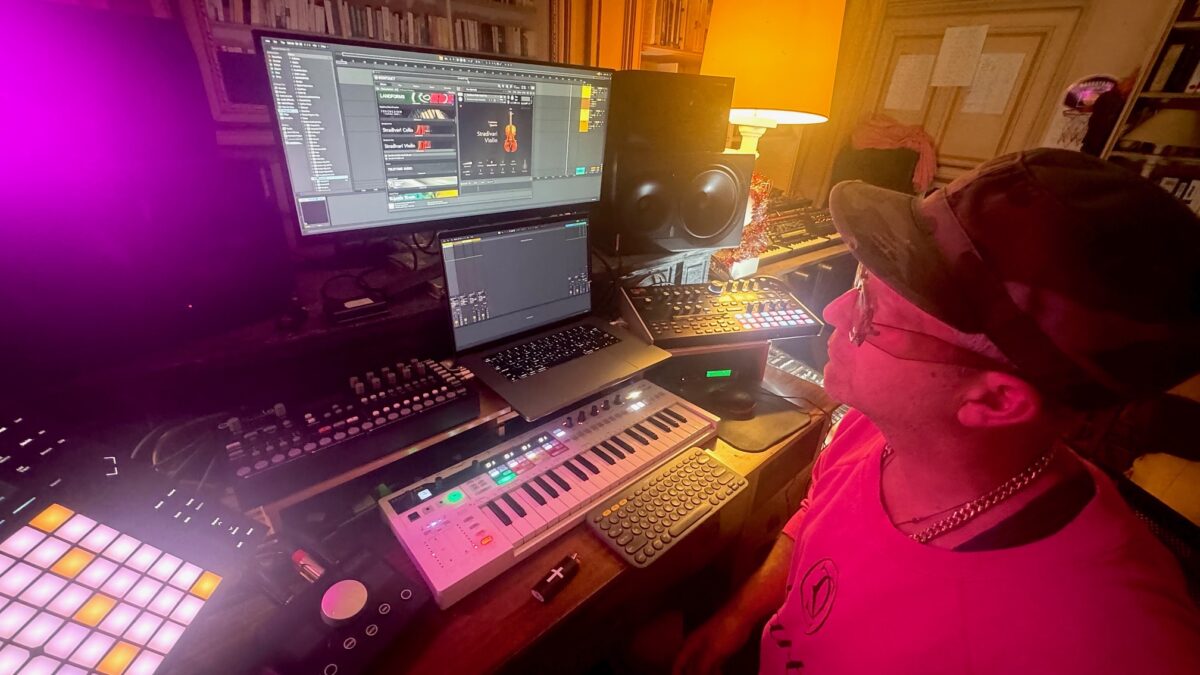
Of course, we both came from film school and are also soundtrack composers. It’s the perfect combination, and our non-musical habits – like reading books – are great for getting a feel for what we want to express in the studio. We work a lot with moods, and these are the ideal fuel for generating new ideas.
What advice would you give to a producer who’s overwhelmed by the sheer number of tools available right now?
To start, you just need a few things: a computer and one external keyboard synth or drum machine. I think it’s essential to have some hardware. Working with a physical instrument is completely different from using a virtual one.
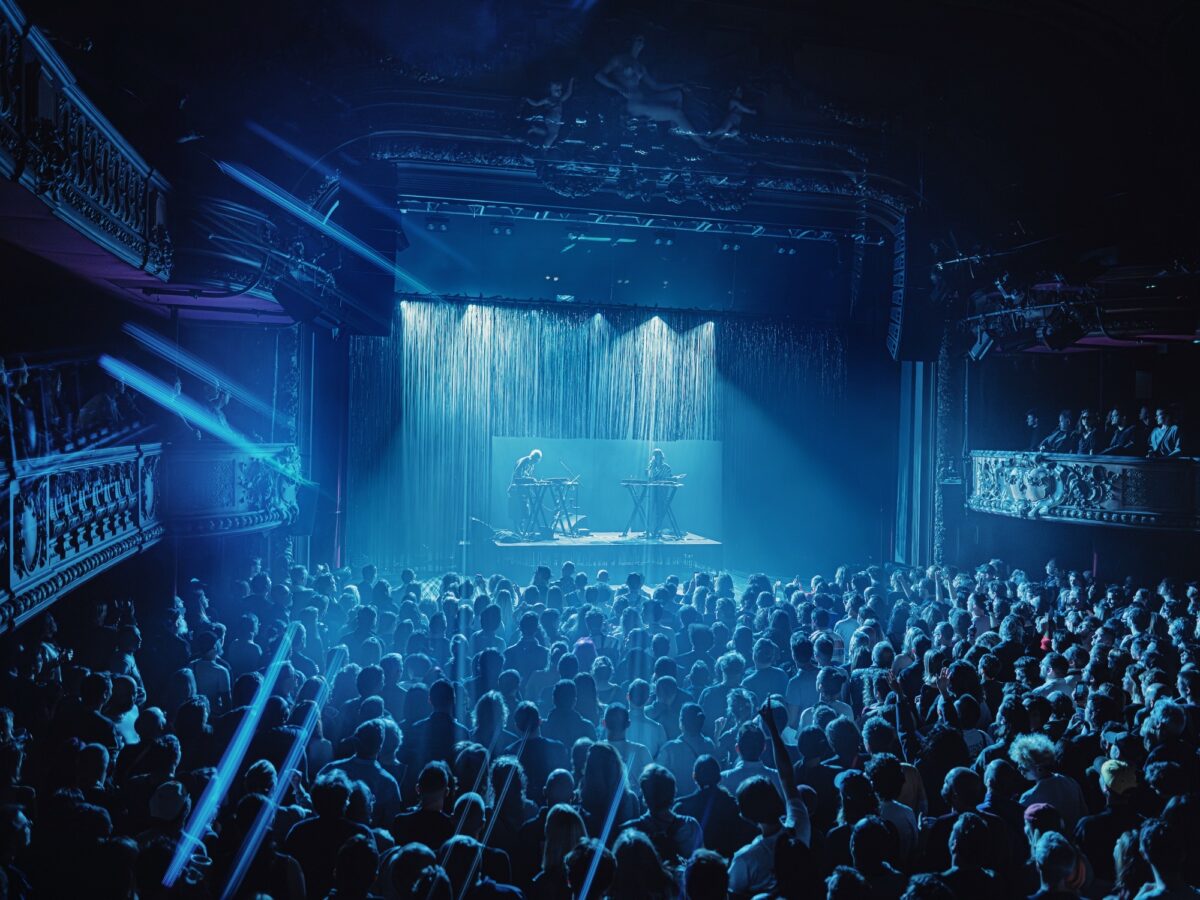
You can step away from the computer for a minute, and I’d add that it’s best to get an instrument without presets so you can shape your own sound. This will always help you understand more complex instruments, like the plugins on your computer.
Start composing with Kontakt
Thanks to Scratch Massive for sharing how they’ve shaped their workflow over decades of music, scoring, and experimentation. In a world of constant plugin updates and new tools, they’ve stayed focused on what works and what they know inside and out.
Kontakt, Reaktor, and a few trusted sound libraries continue to sit at the core of their process, not because they’re trendy, but because they let them stay fast, expressive, and intentional. It’s a reminder that your setup only needs to go wide if it doesn’t already go deep.
